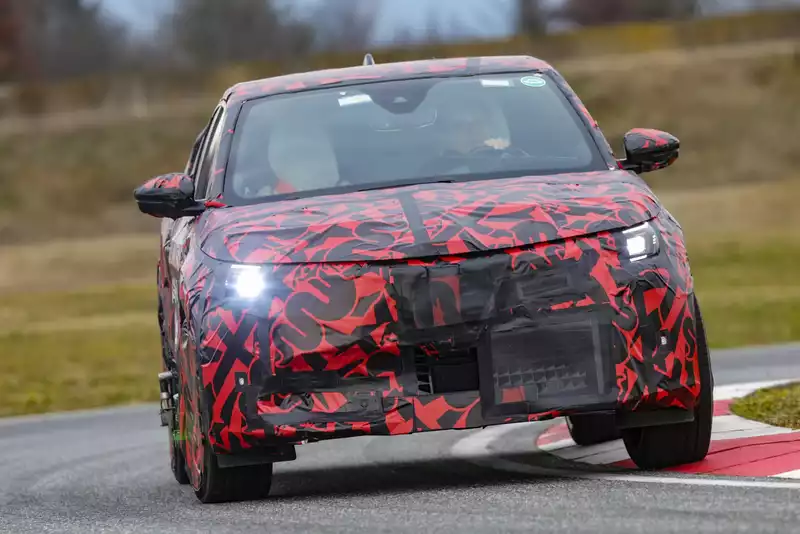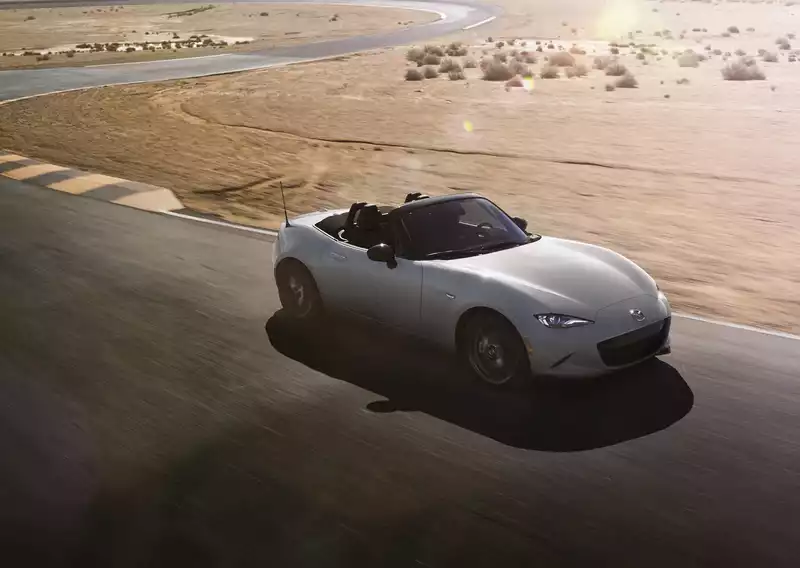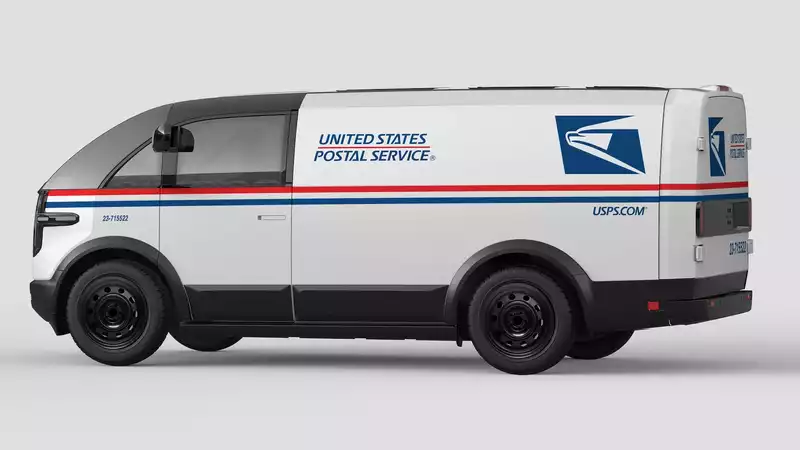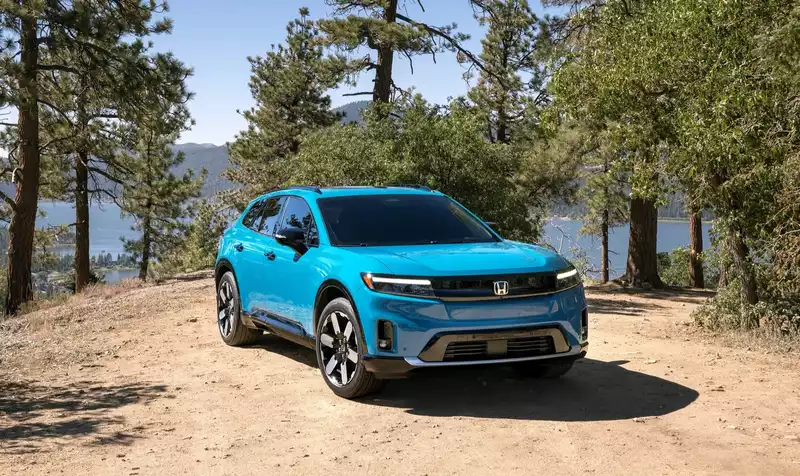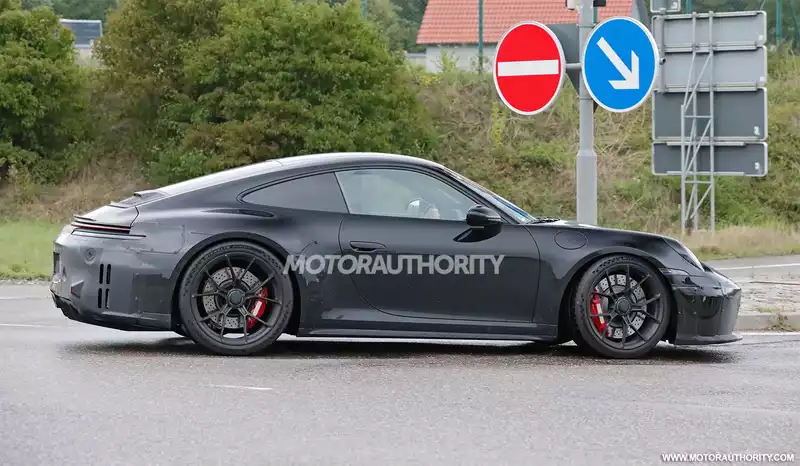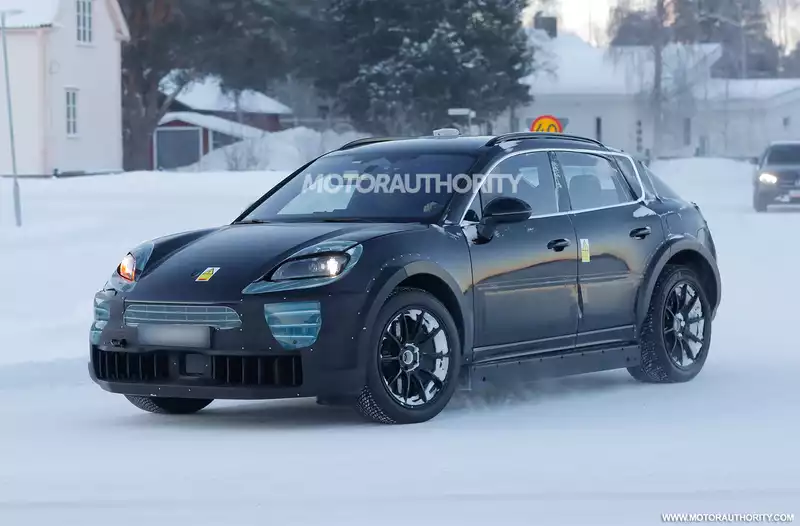Review Mercedes Vision EQXX is a benchmark for future EVs and fun to drive
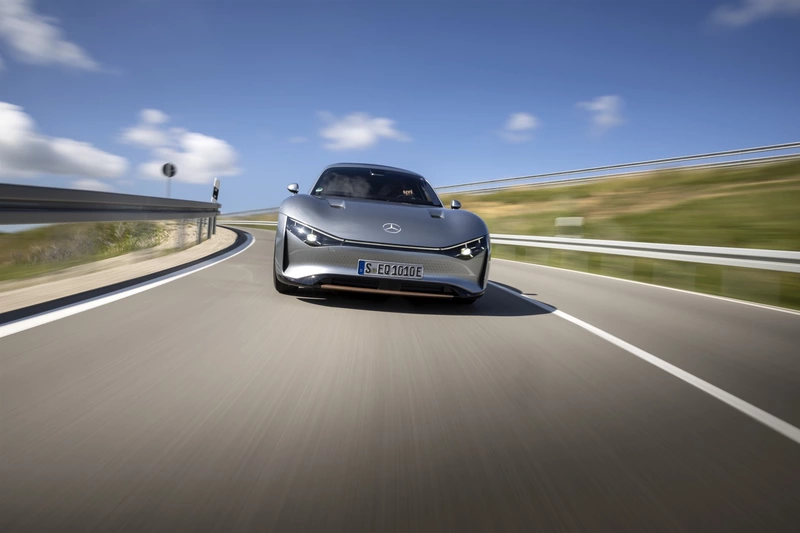
If you follow Formula E, or any motor racing for that matter, you know that behind every race-winning driver, team, and car, telemetry runs everything.
Telemetry channels live data from the race car's components, mapping energy in and out, speed, driver input at various points on the track, and a host of other potential information. This information can serve as a lesson for the driver, a diagnostic tool for the car, and an improvement to the car for the engineering team.
Last week at Mercedes' Immendingen proving ground in Germany's Black Forest region, I had the opportunity not only to drive the EQXX, but also to get a glimpse of the methodology the engineering team applies to this car. During my "drive evaluation," my driving efficiency results were compared to the engineering benchmark results.
Yes, this is the futuristic Vision EQXX, the most efficient car Mercedes-Benz has ever built, and in April it drove 746 miles on a single charge from Stuttgart, Germany to Silverstone, England.
Prior to my run, I drove in a special Mercedes EQB, which the team calls "Emma," to get to know the track. Emma is a nod and a wink to MMA, the mid-decade platform for mass-produced small and mid-size EVs, into which all the information from the EQXX will be fed.
Though it is simply an EQB in appearance, the Emma's battery, engine, inverter, and cooling system are identical to those used in the EQXX. Opening the hatch reveals that the back seat has been removed and replaced by a board full of sensors and components. Yes, things have been broken and accidents have occurred, but the one-off EQXX and the rest of the special materials and components have been kept safe.
Malte Sievers, the project manager for the Vision EQXX, stated that this is the only rear-wheel drive EQB because it had to fit the layout of the EQXX. the single motor production version of the EQB (for Europe, not for the U.S.) is front wheel drive front-wheel drive.
With the EQB, Mercedes engineers can increase the range to over 700 km (435 miles) using a ~100 kwh battery pack. Sievers says this figure underscores the point that having the best possible electric drivetrain is not enough.
The test track is by no means flat or straight. The ribbon of road that runs through the former tank testing facility is smoothly paved, but offers a route that includes various terrain changes, several roundabouts, and several speed zones ranging from 50 km/h to 100 km/h.
The test track is not a straight road. They were looking at us.
We averaged 12.1 kwh/100 km and 5.1 mph/kwh on a 16 km (almost 10 mile) loop.
Then it was time to get into the EQXX. Although strictly a concept car, it feels perfectly fine to drive and does not have the show car brittleness that we have noted in past concept cars. Pulling on the door straps made of biosteel fiber, the doors made of fiberglass-reinforced plastic and polyamide foam closed with a reassuring thud. And adjusting the seats, upholstered in a mushroom-based vegan leather substitute, made the EQXX much more comfortable.
The switchgear and shift lever stalks are in much the same place as in the EQB, and the tactile controls at the hub of the steering wheel are merely a new generation of simplified versions of the current layout.
The most radical change is the extra-long, integrated 47.5-inch display that stands above the entire low-set dash. The focus is closer, the contrast more natural, and it feels much easier on the eyes than the EQS's hyper-screen.
Upon departure, I heard the whine of the motor and the whine of the drive system. Mercedes has not yet focused on NVH with this one-off model. The body is rigid, the steering is surprisingly normal and communicative, the lower body of the EQXX is made of special low-CO2 recycled steel, and the entire rear section is the largest aluminum structural casting Mercedes-Benz has ever done, although the dumper dome is also cast
This futuristic pedigree does not speak for itself.
One clue to the car's advanced design is the almost complete absence of wind noise: the EQXX slices through the air at an astonishing 0.17 Cd. Mounted on 20-inch forged magnesium wheels, the slim, specially developed The specially developed slim Bridgestone Touranza Eco tires mounted on 20-inch forged magnesium wheels also generate little road noise.
The undercarriage also makes little noise. The cabin is cooled by a state-of-the-art air conditioning system that is partially powered by a 12-volt system fed from rooftop solar panels. The system uses an "on-demand cooling" system that sends air to the air-cooled battery pack only when needed, and only the power electronics and motor are cooled by the liquid cooling system. According to Mercedes, the temperature of the pack can be kept not much higher than the ambient temperature, but they have yet to elaborate on the cells in the nearly 100 kwh pack.
I was advised to keep the EQXX powertrain within the sweet spot of 20-25 kwh. Of course, my driving style was different from the benchmark. My recovery was more like 1.62 kwh compared to the test driver's 0.66 kwh, which suggests that the test driver was simply smoother. However, when my results were superimposed on the test driver's results, they were not as bad as I had feared.
I was not so badly embarrassed. However, I consumed electrons at 8.39 kwh/100 km while the Mercedes-Benz test driver ran at an average consumption of 7.9 kwh/100 km.
By comparison, this is 7.4 miles per kwh, about double what is considered excellent efficiency in EVs today, and about 45% better than what I saw in the Emma.
This experiment underscored that in the car of the future, it is not enough to design the propulsion system around efficiency; the real gains will come from focusing on the whole package.
Stepping away from recording telemetry data for the moment, I was allowed to take advantage of all 180 kW (241 hp) of the EQXX. I was surprised at how well the narrow tires held their ground when I applied G's in the corners,
reminding me that this model has a very low center of gravity.
I walked away grinning and handed the EQXX to the next person. Use all the technology possible and make the most of the available energy as demonstrated in the race. It can be fun.
--
Motor Authority brought you this raw report, with travel, lodging, and meals paid for by Mercedes-Benz.
.